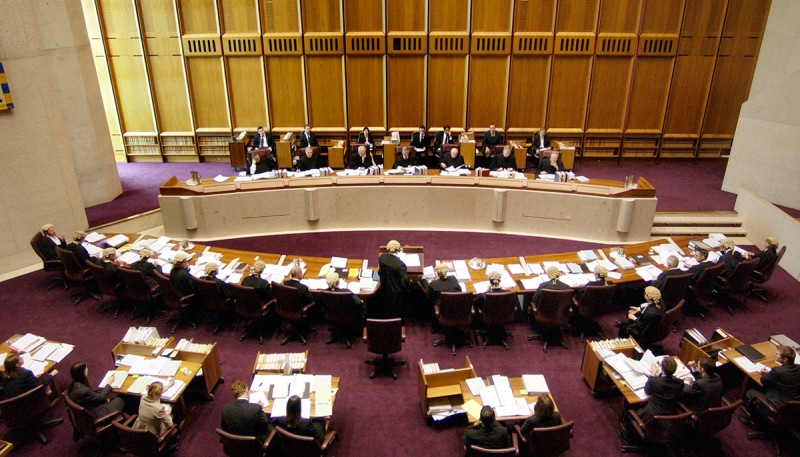How is common law changed?
Common law is changed when judges make new decisions in court or when a written law is made by Parliament that overrides common law.
Common law is developed through decisions made by judges in court. Most of the time, courts use existing laws to decide cases. But sometimes there is no existing law written by Parliament on an issue, or the law is unclear, so judges look at past decisions to help guide them. This is called precedent. If no past cases with similar circumstances exist, a new decision is made. This then becomes precedent for future similar cases and is called common law.
A court can change common law by making a new decision that sets a different precedent, but this can only happen in a higher court, such as the High Court of Australia. This means they make a new ruling that replaces the old precedent, which changes the common law.
One example of this is the Mabo Case in 1992. The High Court considered if Eddie Mabo and other Meriam people had rights to land on Mer (Murray Island). The Court found that they did, and ruled that the land belonged to the Meriam people. This decision overruled the existing common law principle of terra nullius, which had said that Australia belonged to no one before British settlement. The decision in the Mabo Case changed the common law and recognised native title in Australia.
Common law can also be changed by Parliament. Parliament can change common law by passing a new written law, called statute. If the statute covers the same issue as the common law, the statute takes priority. This means the common law no longer applies where the new statute is in force.
The High Court of Australia

DPS Auspic
Description
The High Court of Australia in session in the High Court building in Canberra. The High Court interprets and applies Australian law and decides cases about national issues, including challenges related to the Australian Constitution.
In the courtroom, the 7 High Court Justices sit along a large semi-circular desk atop a small raise at the end of the room. The Justices preside over High Court proceedings, interpret laws and decide major legal cases.
In front, facing them, is another curved desk. Here, 18 barristers are sitting, most are wearing robes and wigs. A barrister is a type of lawyer who speaks on behalf of people or organisations in the courtroom. They present arguments and answer questions posed by the Justices.
Permission should be sought from DPS AUSPIC for third-party or commercial uses of this image. To contact DPS AUSPIC email: auspic@aph.gov.au or phone: 02 6277 3342.